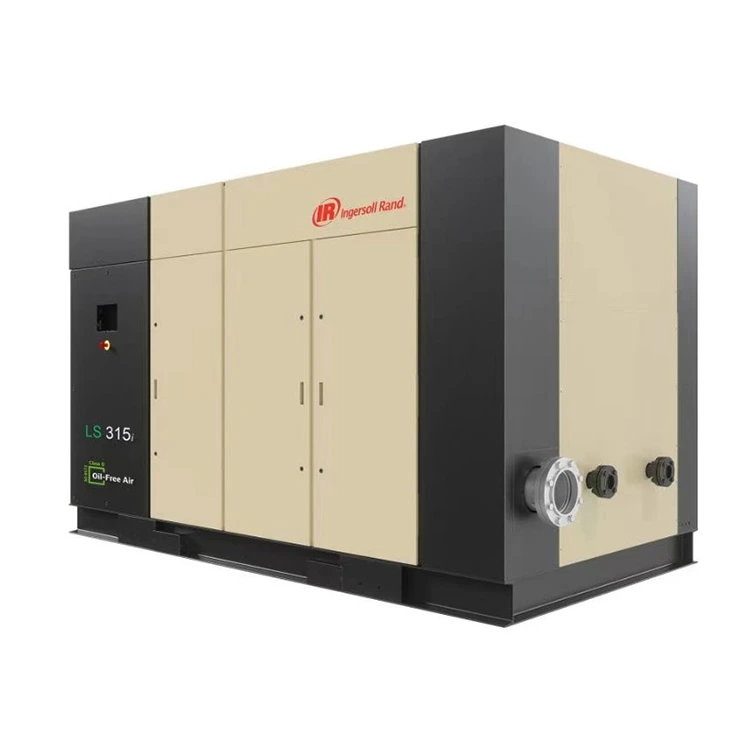What is an Air Compressor?
2025-04-03
An air compressor is a mechanical device that increases the pressure of air by reducing its volume. It stores compressed air in a tank for use in a variety of applications, including powering tools, inflating tires, and even in industrial processes.
How Does an Air Compressor Work?
An air compressor works on the principle of pressure increase through compression. Here's a basic breakdown of how it operates:
1. Intake of Air: Ambient air is drawn into the compressor's intake valve.
2. Compression: The air is then compressed by a piston or rotary element, reducing its volume.
3. Storage: The compressed air is stored in a tank under high pressure.
4. Release: When needed, the air is released through an output valve to power tools or machinery.

Types of Air Compressors:
1. Reciprocating (Piston) Compressors:
- These are positive displacement compressors that use a piston inside a cylinder to compress air.
- Suitable for small to medium-sized applications, like inflating tires or running air tools.
2. Rotary Screw Compressors:
- These compressors use two interlocking screws to compress air.
- Commonly used in industrial applications, they provide a steady, continuous airflow and are more energy-efficient than reciprocating models.
3. Centrifugal Compressors:
- These dynamic compressors use a spinning impeller to increase the velocity of the air and then convert the velocity into pressure.
- Typically used in large-scale operations, such as in power plants and chemical processing.
Applications of Air Compressors:
1. Construction and Industry:
- Powering pneumatic tools such as drills, jackhammers, and air impact wrenches.
- Used in spray painting, sandblasting, and other industrial tasks.
2. Automotive:
- Inflating tires and powering air-powered tools like wrenches and grinders.
3. Manufacturing:
- Used in various production processes, including automated machinery, robotics, and packaging.
4. Home Use:
- Inflating sports equipment like basketballs and pool toys, as well as powering airbrushes for painting or detailing.
Key Components of an Air Compressor:
1. Motor/Engine: Drives the compression mechanism.
2. Pump (Compressor Unit): Compresses the air.
3. Tank: Stores the compressed air.
4. Pressure Switch/Regulator: Controls the air pressure and prevents over-pressurization.
5. Air Filter: Removes contaminants and particles from the air before it enters the compressor.
6. Output Valve: Releases the compressed air for use.
Safety Considerations:
- Regular Maintenance: Ensure that the compressor is maintained according to the manufacturer's guidelines to keep it running efficiently and safely.
- Pressure Relief Valve: This valve prevents the air compressor from becoming over-pressurized, which could lead to failure.
- Proper Ventilation: Compressors can get hot, so make sure they are placed in a well-ventilated area to prevent overheating.
Conclusion
An air compressor is a versatile and essential tool in many industries and homes. Whether you're powering tools, inflating tires, or working in a factory, understanding how air compressors work and choosing the right type for your needs will help improve productivity and ensure safety.


